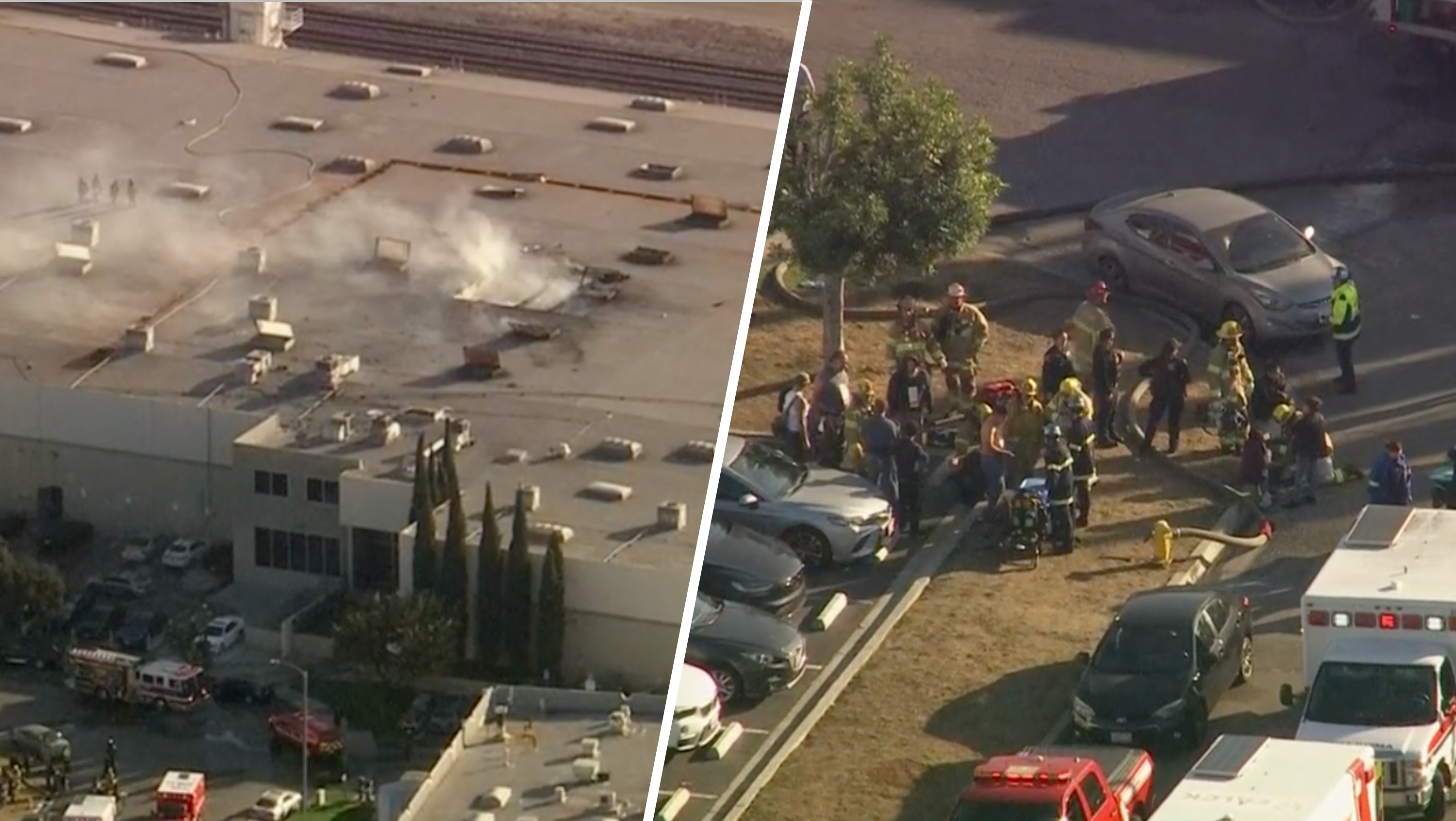California lawmakers are expected to approve a bill Tuesday to create a national memorial and monument to victims of the 1928 St. Francis Dam disaster, a civil engineering failure that unleashed an unstoppable wall of water and killed more than 400 people.
H.R. 2156, by Reps. Steve Knight, R-Palmdale, and Julia Brownley, D-Westlake Village, is expected to be approved by the House of Representatives. It would create a national memorial at the site of the dam in the San Francisquito Canyon, about 10 miles north of Santa Clarita.
The memorial to the 431 people killed by the collapse of the dam and subsequent flood would be funded by private donations. The bill would also establish a 440-acre national monument encompassing the designated national memorial area that was devastated by the flood.
"The St. Francis Dam Disaster of 1928 is a devastating reminder of how powerful nature can be," Knight said last month after the bill was unanimously passed by the House Natural Resources Committee. "This bill not only serves as a memorial but will also help educate the public of the tragedy that once shook our community."
A similar bill was approved by the House last year, but no action on it was taken by the Senate Energy and Natural Resources Committee.
The disaster marks the second-largest loss of life in a single disaster in California, second only to the 1906 San Francisco earthquake and fires. Yet, Brownley said, the story of the dam collapse is "relatively unknown."
"From the over 430 victims claimed by the disaster to the heroes, such as Officer Edward Thornton who rode his motorcycle in the dead of night to warn residents of the impending flood, it is important we commemorate this rich and significant part of our regional and national history and honor those who lost their lives," Brownley said.
News
Top news of the day
Construction of the St. Francis dam began in 1924, upstream from what is now Six Flags magic Mountain theme park in Valencia. Completed two years later, the dam wall reached a height of 205 feet and a width of 1,300 feet.
It was a key piece of the complex water system devised by engineer William Mulholland that transformed Los Angeles into a thriving metropolis. Water entered the dam in May 1926, providing the rapidly growing region with a reserve that could last for a year.
There were signs of potential problems from the start, including a muddy leak noted by the damkeeper, who lived below the structure in a cottage with his family, according to the LA Times. Inspectors declared there was no threat, but a a few hours later around midnight the dam failed and water roared down the canyon, carrying debris, large rocks, mud and anything else in its path on its way to the sea.
About 40 square miles of farmland were swept away as water flowed into the Santa Clarita riverbed and rushed past Fillmore, Santa Paula, Castaic and other communities. It continued on it deadly path until around 5:30 a.m. the next day.
The disaster effectively spelled the end of Mulholland's storied career, which included such engineering feats as the Los Angeles Aqueduct. When he testified at the coroner's inquest, Mulholland said, "I envy the dead." The inquest did not recommend prosecution.
Years later, a state commission determined the dam was poorly built on a geologically unstable site. The Division of Safety of Dams was created a year later under the state's Department of Water Resources.



